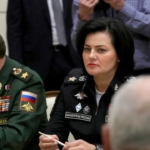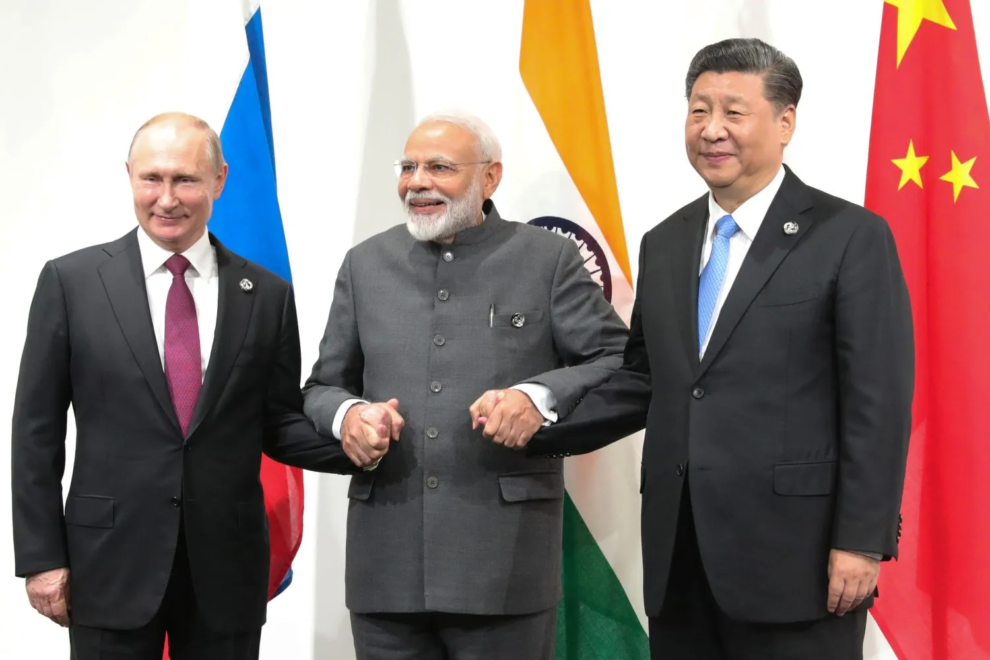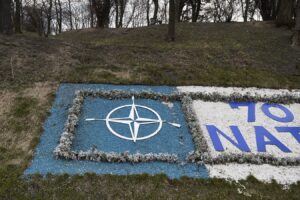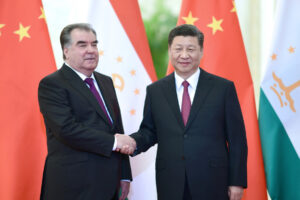India strives to maintain a delicate balance between major global powers such as the US, China and Russia in ever-evolving international relations. To recall, since its independence in 1947, India joined the Non-Aligned Movement, a group of nations that did not align with either the US or USSR during the Cold War. Presently, Prime Minister Modi has advocated a reversed version of the policy, choosing partnerships in each camp based on which he thinks India’s interests will be served. Most significantly, India has strengthened security ties with the US while purchasing cheap Russian crude oil and military equipment.
As the world order transforms significantly, India’s role becomes increasingly vital and complex. While the West views India as a potential ally and partner, it remains unclear whether India perceives the West as a strategic need, particularly the US. This insight explores India’s positioning in major power politics and its implications for the emerging world order.
The US views India as a key player in maintaining stability and preserving its interests in the Indian Ocean region. Contrarily, while India acknowledges the potential benefits of collaborating with the US, it does not necessarily view the US as an essential strategic need. India’s foreign policy has long been characterised by its commitment to strategic autonomy and non-alignment.
India’s relationship with China is characterised by a complex interplay of cooperation and competition. While both nations have sought to enhance economic ties and engage in diplomatic negotiations, issues such as border disputes and regional rivalries, have also strained their relationship. India remains cautious of China’s assertiveness in the region and seeks to counterbalance its influence with the support of the US-led West. Interestingly, ties between India and China are tense, but the trade between the two nations is still higher than that between India and the US. The bilateral trade between China and India in 2022 was $135.98 billion, whereas the bilateral trade between India and the US stood at $ 119.42 billion.
On the other hand, India’s historical ties with Russia significantly shape its foreign policy outlook. India and Russia share a long-standing partnership that dates back to the Cold War era. The relationship between the two countries extends beyond mere political and cultural interests and includes strong strategic and defence ties. Russia has been a leading supplier of military equipment to India, and the two nations continue to collaborate in various sectors, including energy, space exploration, etc. The defense relationship between Russia and India has grown into one of the strongest in the world over the years. Russia is currently the second-largest arms exporter in the world, and India is its most important and devoted buyer. India’s arsenal contains more than 60% Russian-made items.
While the US and other Western powers seek to forge closer ties with India, a sense of unease exists between India and the West. This perception stems from a combination of factors, including India’s commitment to so-called strategic autonomy, economic priorities and unique geopolitical positioning. It can lead to divergent positions on issues such as trade, Ukraine conflict, Iran, climate change and regional conflicts, creating a sense of mismatched priorities between India and the West.
On the economic front, the US and other Western nations have made significant investments in India; however, the reverse is not always true. Furthermore, India’s cultural and historical contexts differ significantly from those of Western countries. While the factors mentioned above contribute to a sense of mismatched priorities and perspectives, they do not necessarily overshadow the potential for collaboration and partnership between India and the West.
On the other hand, while India does maintain important partnerships with the US and other Western countries, the Primakov Doctrine suggests that the alignment between India, Russia and China is rooted in geographical proximity, shared interests and a multipolar worldview. India’s alignment with Russia and China is based on recognising their mutual benefits, regional stability, economic cooperation and cultural connections.
The US-China rivalry and escalating hostilities over Ukraine, Taiwan, the South China Sea and the East China Sea have also brought China and Russia closer. China and Russia have been regularly engaged in joint military exercises and exchanged advanced military equipment and high-level technology exchanges. Due to the Sino-Russian alliance, India is in a difficult situation since China can increase military pressure on the disputed border with India. India depends on Russian military supplies, even though Russia is China’s coalition partner. Despite tensions, India and China have managed to share some common ground in certain key venues, gaining more relevance in an increasingly multipolar international order.
These include the nine-state Shanghai Cooperation Organization bloc and the informal coalition known as BRICS. Second, a consistent supply of weaponry and spare parts from Russia is necessary for India’s military forces to function smoothly. On the other hand, once regarded as essential to India’s ‘strategic autonomy’, the Russian alliance is now the biggest obstacle to the country’s ability to act independently.
In such scenarios, India cannot give the cold shoulder to Russia or confront China; however, the US would ultimately pressurize India to do so. India would like to exert its ‘strategic autonomy’ and may give a cold shoulder to the US. It would be a complex scenario as Modi is already under pressure, and there are more fault lines in India that can be exploited by the US. If India does not deliver the desired outcomes to counter China, how the US would respond remains unclear. The US may reassess its approach and explore alternative strategies.
One possible course of action for the US could be to exploit internal fault lines within India, particularly issues related to minority communities and human rights violations, including the disputed region of Jammu and Kashmir. By highlighting perceived injustices and inequalities, the US could undermine social cohesion and stability, thereby creating an environment conducive to its interests.
Another conceivable action is an attempt to instigate a change of government or leadership in India. The US has a history of supporting regime changes in various countries, either through covert operations or diplomatic pressures. If the US perceives that the Indian government is not aligning with its objectives, it could employ various means to undermine the ruling administration and promote a change in leadership. It could involve supporting opposition groups, funding dissenting voices, or leveraging international pressure to isolate and weaken the current Indian government. However, it is crucial to emphasize that these potential actions are speculative and should be viewed within the context of the evolving dynamics of international relations.
To sum up, India’s positioning between the US, China, and Russia in the emerging world order is a delicate dance of strategic calculations and national interests. The fact remains that the strong partnership with India is the US’ strategic compulsion but not vice versa. Indians comprehend this fully and exploit US strategic weakness to the fullest. The latest US- India joint statement is a testament to a one-sided love affair where the US seems to go to lengths to please India without much in return. In all of the scenarios, there are numerous opportunities but more challenges for Pakistan, which is falling victim to the US-China rivalry due to in-house mismanagement of political affairs and hazy strategic foresight by its leadership.
Source : PakistanObserver
















